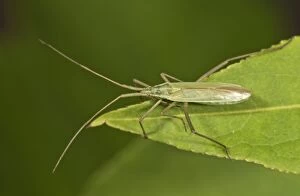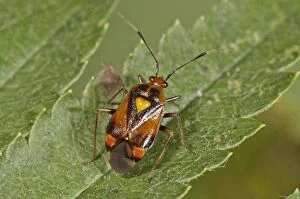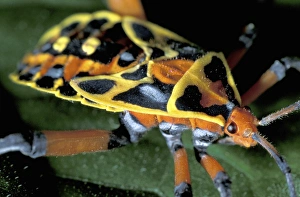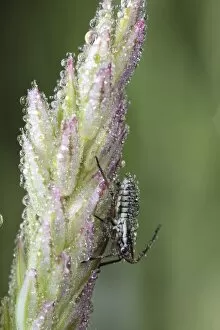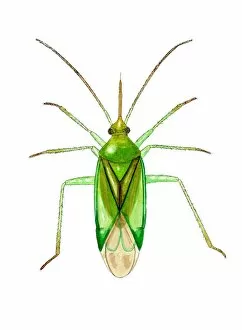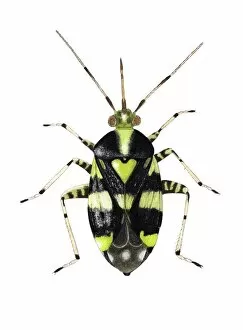Miridae Collection
Miridae, a fascinating family of insects found all around the world
All Professionally Made to Order for Quick Shipping
Miridae, a fascinating family of insects found all around the world. From the Long Thin Plant Bug in Germany to the colorful Mirid Bug in Panama's Barro Colorado Island, these creatures captivate with their unique features and behaviors. In Baden-Wurttemberg, Germany, we encounter the striking Mirid Bug, Deraeocoris ruber. Its vibrant colors stand out against the greenery as it goes about its daily activities. Meanwhile, Untergroningen reveals Megaloceroea recticornis perched delicately on a leaf - a true testament to nature's intricate design. Venturing further into North Kent Marshes at Cliffe Pools RSPB Reserve, we witness Stenodema laevigata nymphs resting gracefully on grass leaves. Their tiny bodies blend seamlessly with their surroundings, showcasing nature's camouflage mastery. Moving across continents to Panama's Barro Colorado Island, we are greeted by an array of colorful plant bugs that bring life and vibrancy to this tropical paradise. These mirids add splashes of reds and oranges amidst lush foliage - a sight that never fails to amaze. Back in England's Downe Bank Nature Reserve on the North Downs of Kent County, Grypocoris stysi takes center stage. With its elegant posture and tranquil presence on leaves or undergrowth, this mirid bug exudes gracefulness in every movement. Notostira elongata demonstrates meticulous grooming habits as it cleans its antennae with front legs while clinging onto grass blades at Crossness Nature Reserve. This Grass Bug showcases both beauty and functionality in perfect harmony. Lastly, Leptopterna dolabrata steals our attention as adult females clamber over Quaking Grass flowers (Briza media). The interplay between these meadow plant bugs and their floral surroundings creates a picturesque scene straight out of a fairytale.

